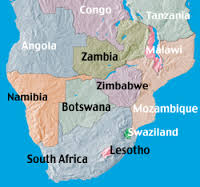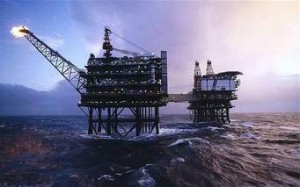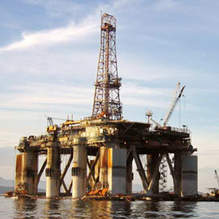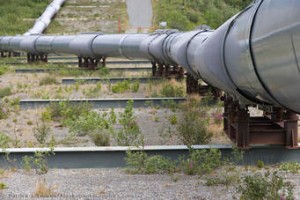Tanzanian pipeline isn’t commercially viable, CEO Hill says
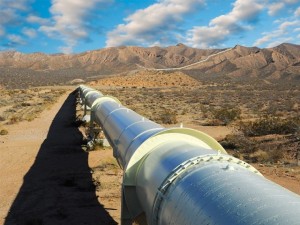
Export-route decision necessary to get industry off the ground
Tanzanian pipeline isn’t commercially viable, CEO Hill says
East Africa’s race to export its first oil will eventually be a tie between neighbors Kenya and Uganda because both need to share a pipeline rather than compete for different routes, a producer in the region said.
“The only sensible route for the pipeline is a joint pipeline” running through both countries, Africa Oil Corp. Chief Executive Officer Keith Hill said by phone from Calgary.
The company this week sold stakes in some East Africa assets to Maersk Oil & Gas A/S.
Agreement on an export route is necessary to get the countries’ oil industries off the ground: While crude was discovered in Uganda in 2006 and four years later in Kenya, both are still in the planning stage of commercial development.
Also Read:2-reason-why-East-African-oil-and-gas-industry-could-change-global-energy-market
One option is to send the oil through the Lokichar basin in northern Kenya. Another is to run a line via southern Kenya and the capital, Nairobi. A third is to pipe the oil through Tanzania.
“I don’t believe the Tanzanian pipeline is commercially viable,” Hill said on Monday, without elaborating.
Uganda, which last month signed a memorandum of understanding with Tanzania and oil producer Total SA to study a possible pipeline through the coastal nation, has repeatedly said the eventual shipment route must be the cheapest to develop. Kenya has estimated the cost of the proposed northern line at about 400 billion shillings ($3.9 billion).
Joint Ventures
A pipeline to the Indian Ocean would allow Africa Oil, together with larger partner Tullow Oil Plc, to start exports from joint ventures. Tullow has found oil in both countries, with Uganda estimating finds at 6.5 billion barrels and Kenya at 600 million barrels.
Maersk Oil said Monday it will acquire half of Africa Oil’s shares in three onshore exploration licenses in Kenya and two in Ethiopia for as much as $845 million.
The deal shows companies are willing to invest in East African discoveries even before a pipeline route is decided. It drove Tullow shares up 4.5 percent.
Oil-industry development has slowed in East Africa over the past year as slumping energy prices forced companies to cut costs and trim budgets. Brent crude has tumbled more than 40 percent to about $47 a barrel in the past 12 months amid a global supply glut.
“People have finally decided the oil price has hit bottom and we will see more deals being done in the next three to six months as people start to feel a little bit more stability,” Hill said. “There is no way on earth we can satisfy world demand below $75 a barrel long-term.”




